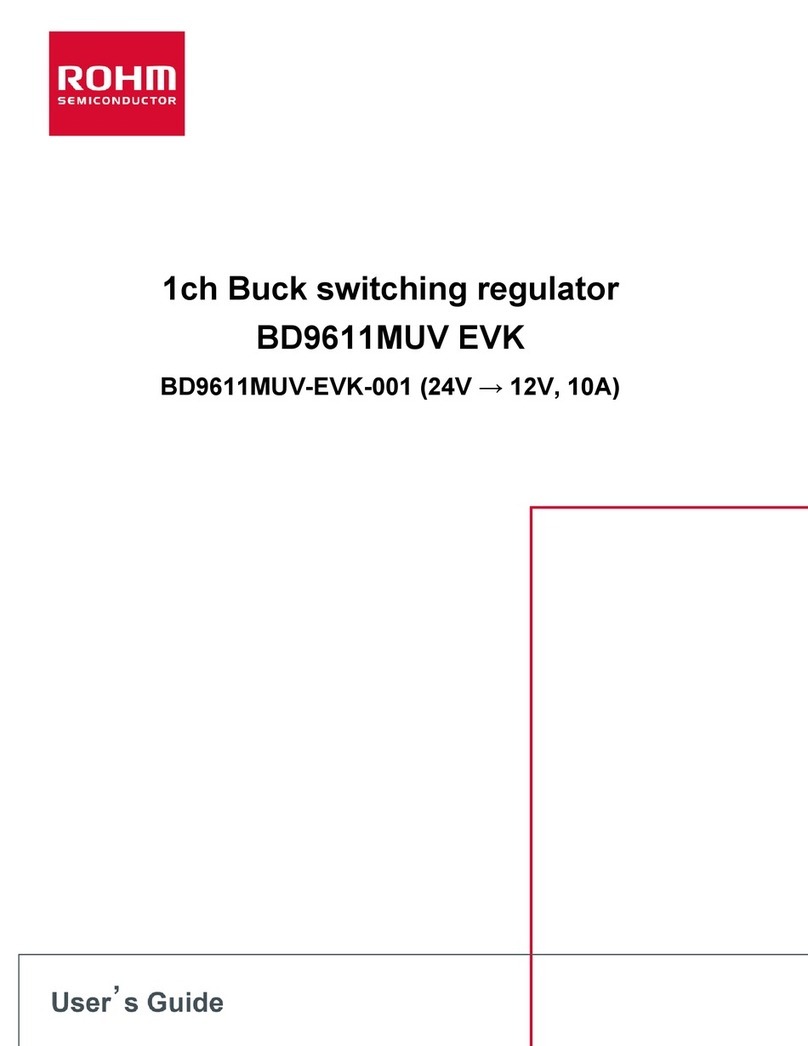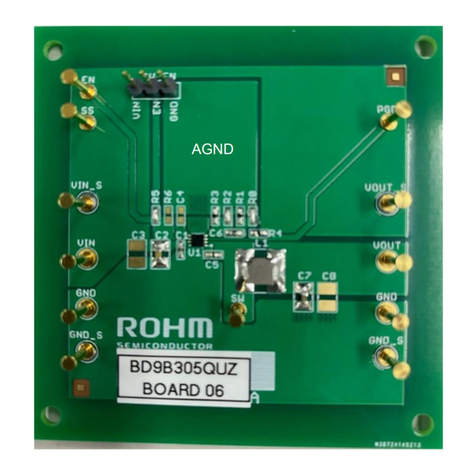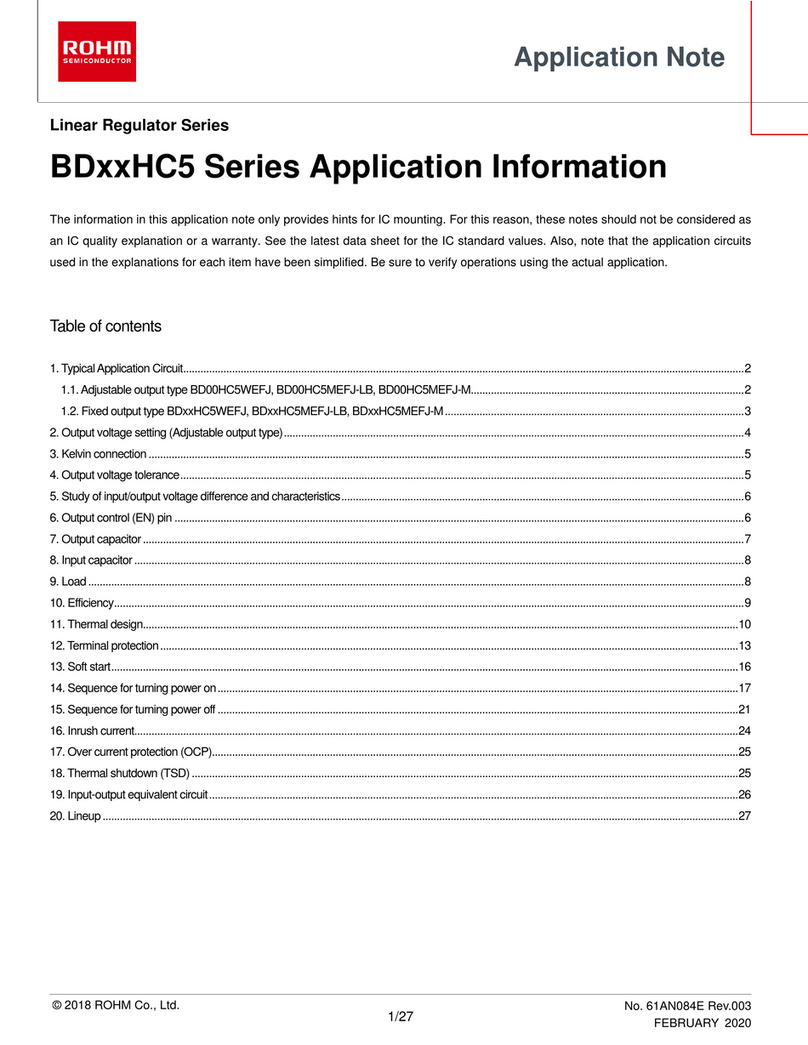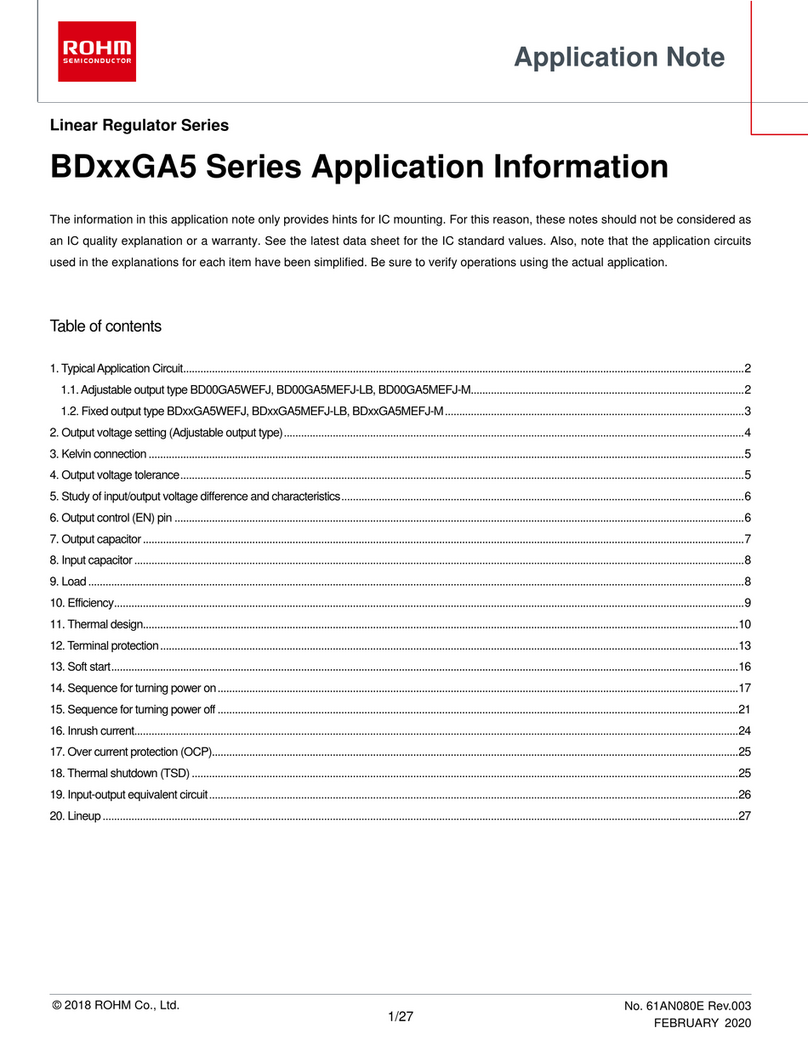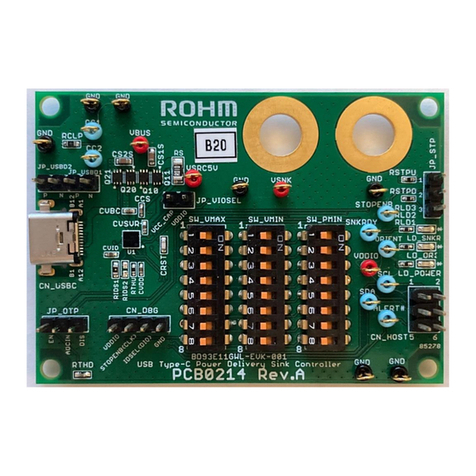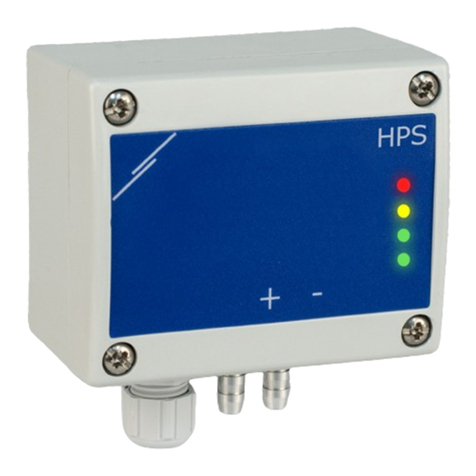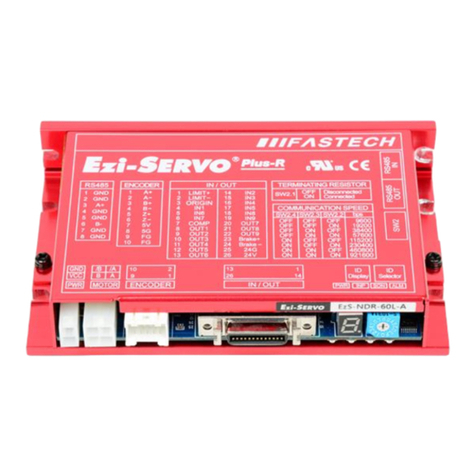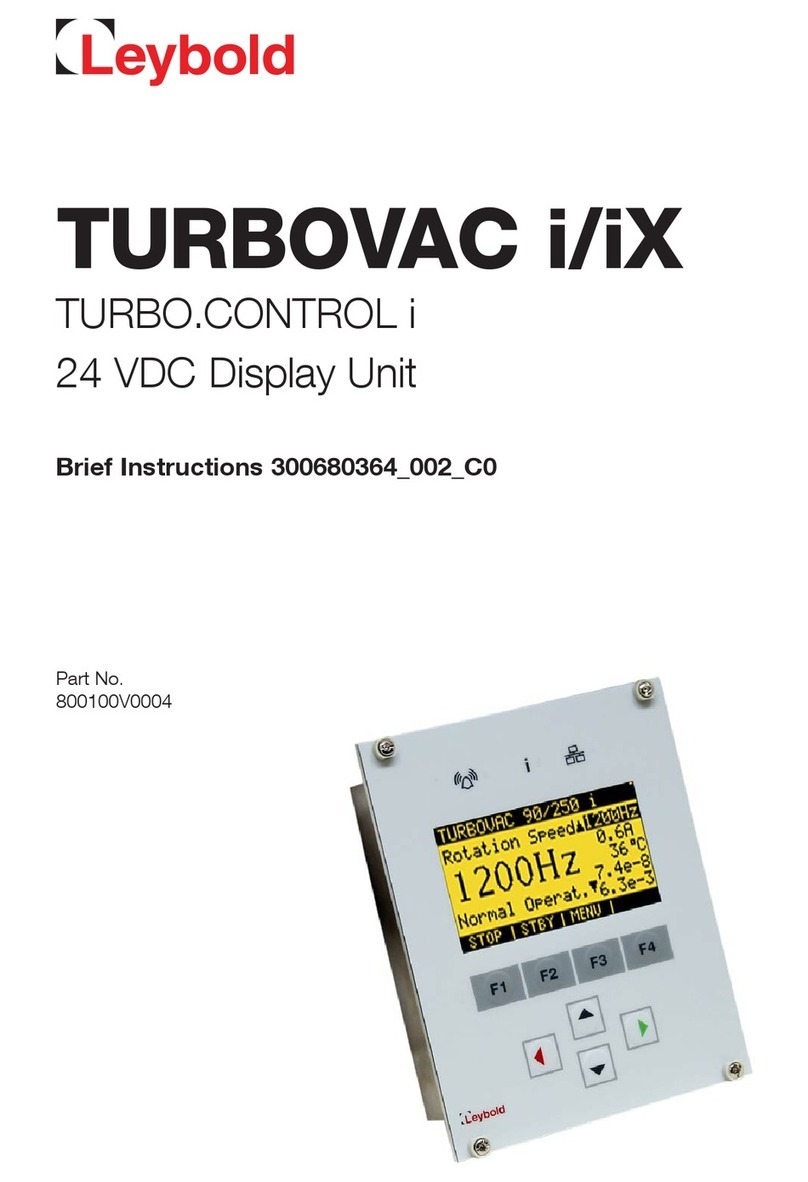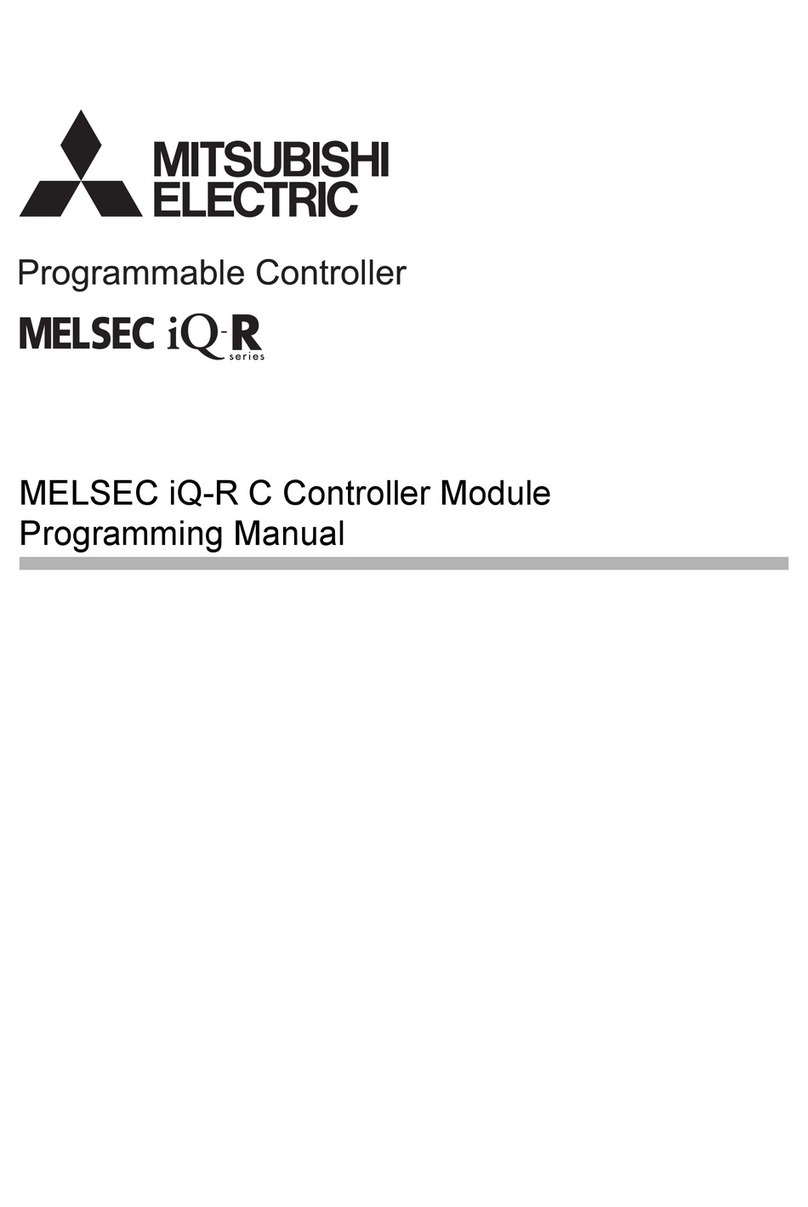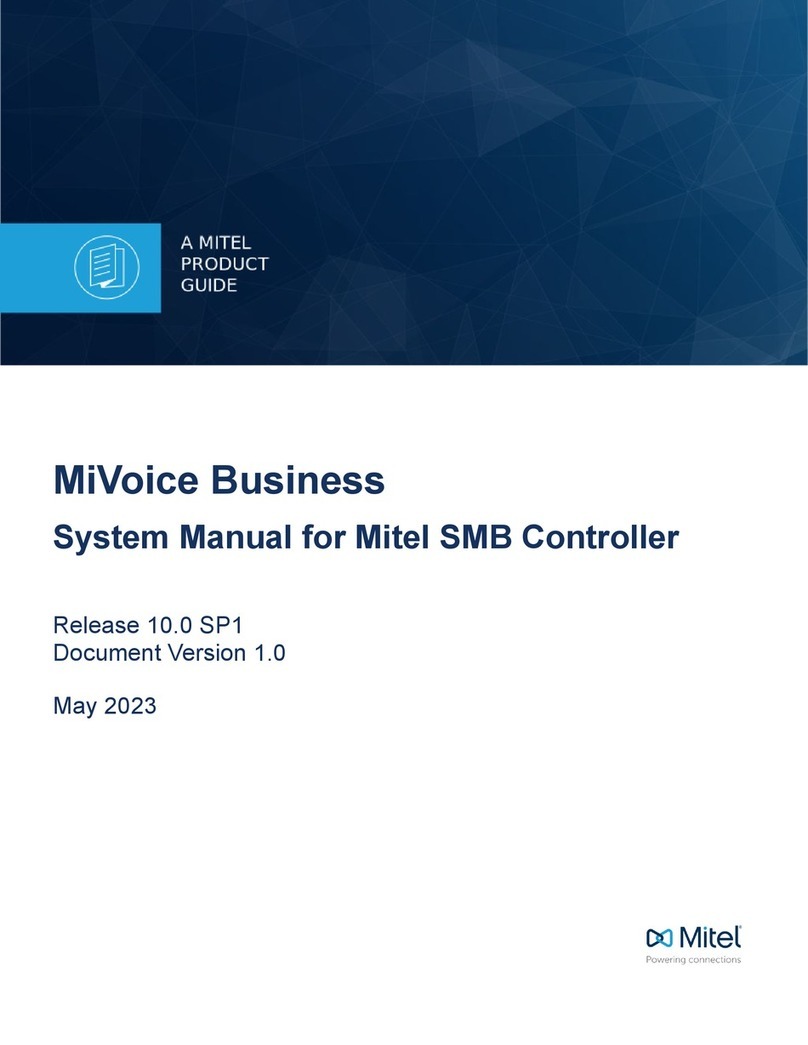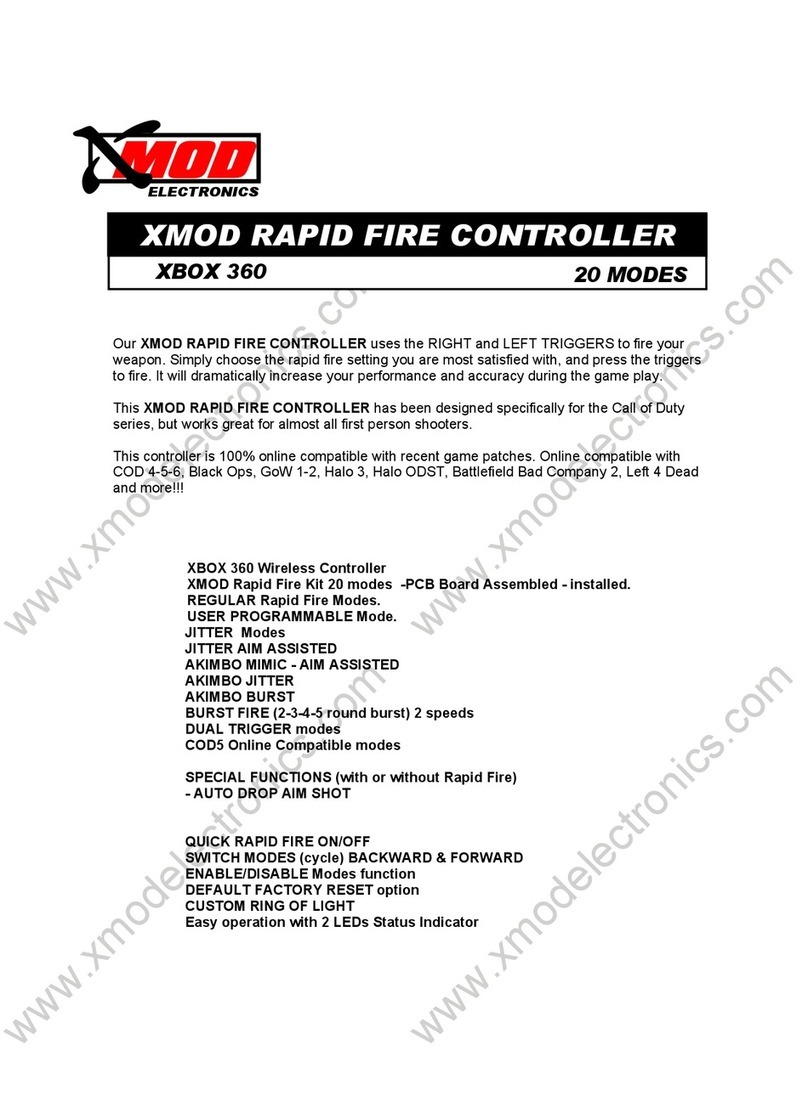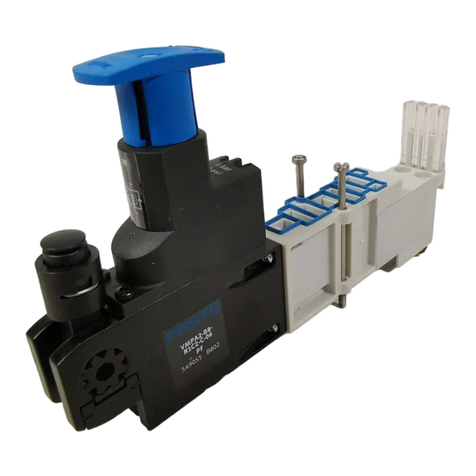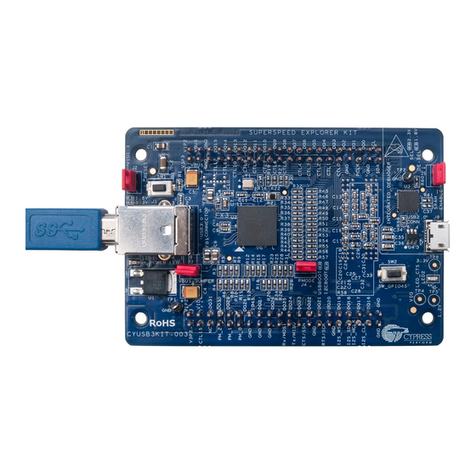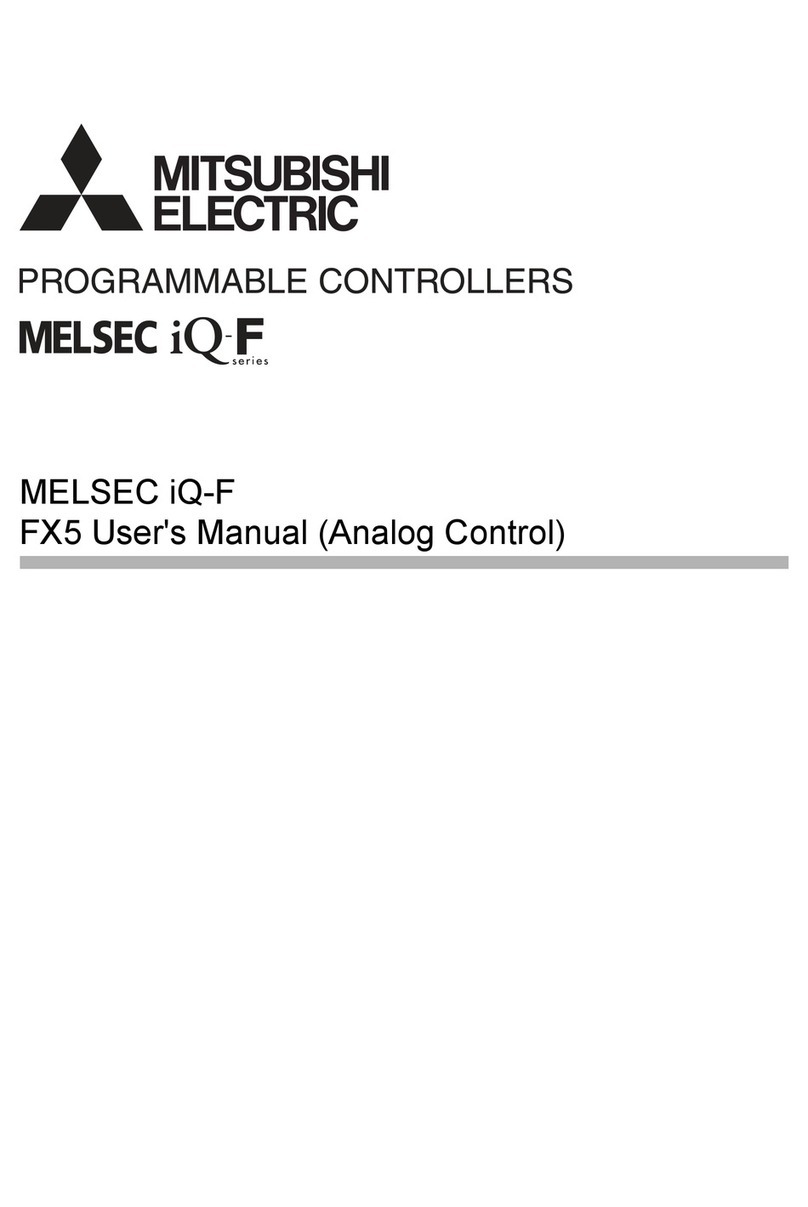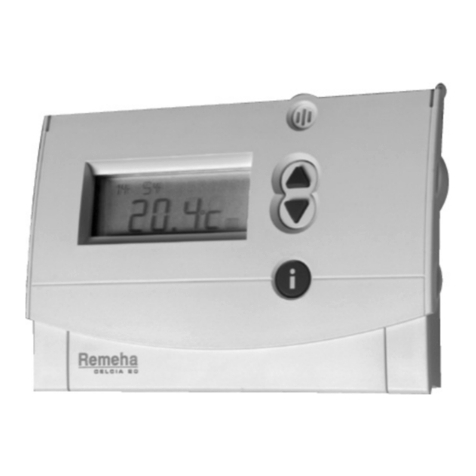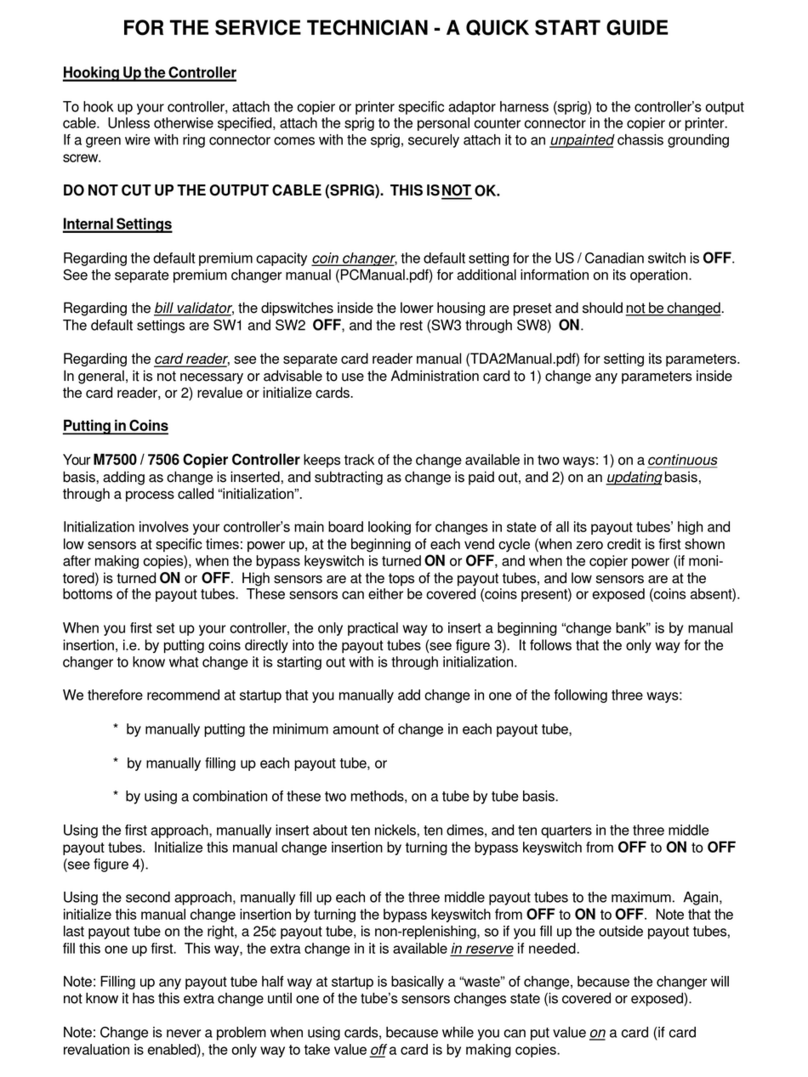
8/27
BDxxGC0 Series Application Information
Figure 7-4. DC bias characteristic of high dielectric constant
multilayer ceramic capacitor, comparison by size
Although electrolytic capacitors are inexpensive and offer a large
capacitance, caution must be used, as the electrolyte may
harden at low temperatures, leading to a sudden drop in
capacitance and an increase in ESR. Also, if the heat from the
LDO reaches the electrolytic capacitor, the electrolyte will
become hot, which has an impact on the lifespan of the capacitor.
To resolve this, place the electrolytic capacitor further away so
that it does not get too hot, or reduce the width of the copper
wiring to the minimum current capacity tolerance, so that heat is
not easily transmitted from the LDO.
If the fluctuations in the load current are abrupt, ripple voltage
may occur in output. To reduce the ripple voltage, increase the
capacitance of the output capacitor. Since ceramic capacitors
with a large capacitance are expensive, you can reduce costs
by adding an aluminum electrolytic capacitor, using small-
capacitance ceramic capacitors in parallel as a bulk capacitor.
Increasing the output capacitance will increase the electrical
charge that charges the output capacitor from the input side. For
this reason, a voltage drop may occur if the load responsiveness
of the input side power is not good. To prevent this, use a larger
input capacitor that is appropriate for the output capacitance.
8. Input capacitor
The purpose of the input capacitor is to keep down the phase
fluctuations in the power line during circuit operations, stabilizing
the IC input. When the input trace is particularly long or when
the input power impedance is high, the input capacitor is
effective in ensuring the stability of the LDO input power.
Connect the capacitor within 1 cm of the Vcc-GND pin IC. The
purpose of the input capacitor is to make the source impedance
smaller. For this reason, we recommend a ceramic capacitor
with a small ESR. Connect a capacitor with an actual
capacitance of 1 µF or greater. Although the capacitance value
will fall below the nominal value due to differences in tolerance,
temperature characteristics and DC bias characteristics, set it so
that the capacitance does not fall below the minimum value (1
µF). If the output current changes drastically, increasing the
capacitance of the output capacitor will reduce the ripple voltage.
However, if there are momentary problems with the current
supply potential on the input current side due to the larger output
capacitor, the input voltage may drop. To prevent this, increase
the capacitance of the input capacitor as well, so that it
approximates the input capacitance. For the bulk capacitor,
connect an aluminum electrolytic capacitor in parallel with the
ceramic capacitor.
9. Load
As this IC has over current protection (OCP) characteristics
resembling the number “7”, when the load is a constant current
source or when the output voltage is negative when starting up,
the output voltage will not rise if the load current exceeds the IC
output (supply) current, and the IC will fail to start up.
The IC will operate when the constant current load is on after the
IC’s output voltage is at the default value on startup; but
afterwards, if the thermal shutdown circuit operates and the
output goes off, the IC cannot be restarted. Further, if the IC
cannot be started, constant current load will flow to the
electrostatic breakdown protection diode (between Vo-GND).
Due to this, the chip temperature will rise depending on the
current value, which may result in destruction of the IC or solder
melting. For this reason, use of constant current load is not
recommended.
0
0.5
1
1.5
2
2.5
0246810 12 14 16
Capacitance (μF)
DC voltage (V)




















